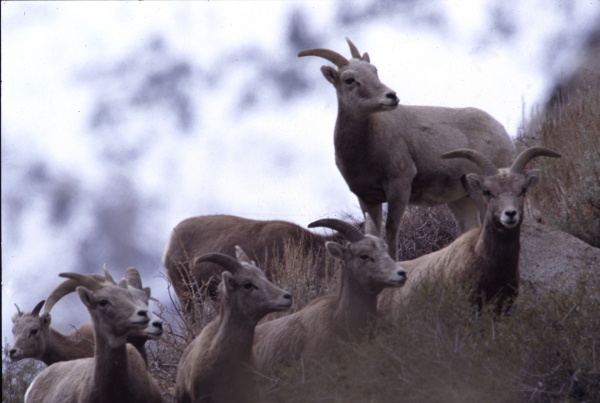Facts About Sierra Nevada bighorn sheep
The Sierra Nevada bighorn sheep, an exclusive subspecies native to the Sierra Nevada mountains of California and Nevada, have a truly captivating history. A 2016 genetic study underscored the distinct differences between the three subspecies of North American bighorn sheep, emphasizing the singularity of the Sierra Nevada variety. Regrettably, by the year 2000, their population numbers had plummeted, leading to their federal listing as an endangered species. By 2016, fewer than 600 of these extraordinary animals remained in the wild.
These bighorn sheep are easily identifiable by their varied coloring, specialized hooves well-adapted for rocky terrains, and their distinctively curved horns. They typically have a lifespan ranging from 8 to 12 years. Socially, they are quite gregarious, displaying behaviors that fluctuate with gender, season, and mating cycles. Their habitat stretches from Yosemite National Park to Olancha Peak, marked by rugged, steep landscapes with sparse vegetation.
As herbivores, the Sierra Nevada bighorn sheep primarily consume grasses, forbs, and woody plants. Their population faced grave threats in the past, including unregulated hunting, disease, and predation. However, due to the concerted efforts of the California Department of Fish and Wildlife, their numbers have been gradually increasing, reaching approximately 600 individuals by 2016.
The Sierra Nevada Bighorn Sheep Recovery Program, initiated in 1999, has been instrumental in their conservation. Key strategies include population monitoring, habitat preservation, and relocating sheep to new areas. A notable effort in 2014 involved relocating a group of bighorn sheep to Sequoia National Park, aiming to establish a new population on the western side of the Sierra Crest.
Thanks to these dedicated conservation efforts, the outlook for the Sierra Nevada bighorn sheep is brightening, underscoring the critical importance of ongoing conservation initiatives.

 United States
United States